Creating comics requires a variety of tools, both traditional and digital, to bring your ideas to life. Here’s a list of essential tools and materials for making comics:
Traditional Tools:
- Pencils: A good set of pencils is essential for sketching out your comic’s artwork and layouts. Pencils of various hardness (e.g., H, HB, B) can help achieve different line qualities.
- Erasers: Erasers are crucial for making corrections and refining your pencil sketches.
- Inking Pens: For traditional inking, you’ll need a range of pens with different nib sizes for creating bold and fine lines.
- Ink: High-quality ink is necessary for inking your comic pages. Artists often use waterproof India ink or specialty inking pens.
- Brushes: Brushes, both synthetic and natural hair, are used for varying line weights and adding texture to inked artwork.
- Rulers and Straightedges: These tools help maintain clean, straight lines and precise panel borders.
- Drawing Board: A drawing board or table with a smooth surface provides a stable and comfortable workspace for drawing.
- Tracing Paper: Tracing paper is useful for refining sketches and creating overlays for multiple layers of artwork.
- Art Paper or Bristol Board: High-quality paper, such as Bristol board, is often used for the final artwork due to its durability and ability to withstand ink without bleeding.
- Tape or Drafting Dots: These are used to secure your comic pages or sketches to your drawing surface.
- Lightbox: A lightbox allows you to trace and ink over pencil sketches or transfer sketches to clean paper.
- Watercolors, Markers, or Color Pencils: If you plan to color your comics traditionally, you’ll need coloring materials like watercolors, markers, or color pencils.
Digital Tools
- Digital Drawing Tablet: A graphic tablet or pen display, such as a Wacom or Huion tablet, allows for precise digital drawing and inking.
- Digital Art Software: Choose digital art software that suits your style and needs. Some popular options include Adobe Photoshop, Clip Studio Paint, Corel Painter, and Procreate (for iPad).
- Stylus or Digital Pen: A compatible stylus or digital pen is necessary for drawing on a digital tablet.
- Computer: A computer or tablet with sufficient processing power and memory to run your chosen digital art software effectively.
- Scanner: If you create artwork on paper, a scanner is essential for digitizing your traditional artwork for further editing or coloring digitally.
- Graphic Design Software: Software like Adobe InDesign or Adobe Illustrator is useful for laying out your comic pages, adding text, and formatting.
- Lettering Software: Specific lettering software or fonts can help you create professional-looking comic lettering and captions.
- Color Calibration Tools: To ensure accurate colors in your digital artwork, consider color calibration tools or a well-calibrated monitor.
- Online Comic Platforms: Platforms like Webtoon or Tapas offer tools for publishing and sharing webcomics online.
- File Backup and Storage: Backup solutions, such as external hard drives and cloud storage, are crucial for protecting your comic files.
- 3D Modeling Software: Some artists use 3D modeling software to create reference models or backgrounds for their comics.
- Graphic Design Tools: Graphics software like Adobe Illustrator can be used for creating logos, title pages, and promotional materials for your comics.
- Scriptwriting and Storyboarding Tools: Tools like Celtx or Scrivener help with scriptwriting and storyboarding your comic before diving into the artwork.
Remember that the choice of tools may vary based on your artistic style, workflow, and whether you’re creating comics for print or digital distribution. Many comic artists use a combination of traditional and digital tools to achieve their desired results.

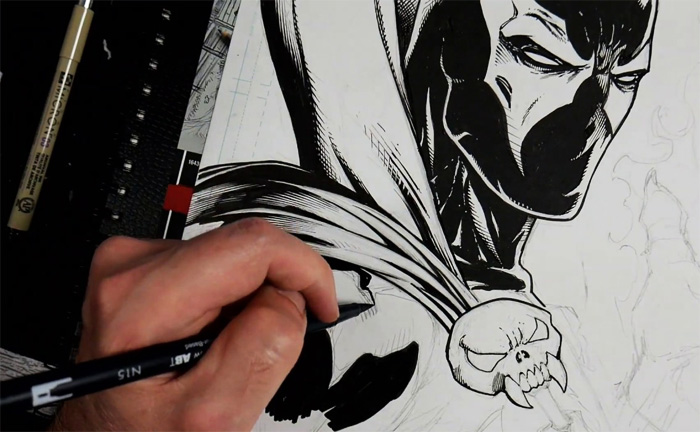
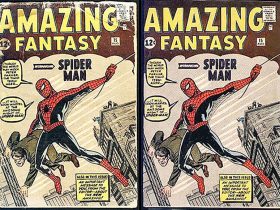
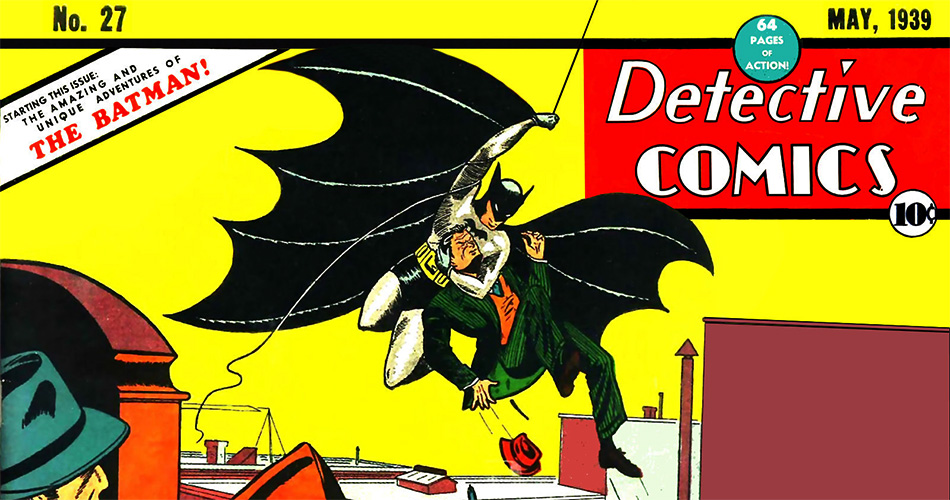
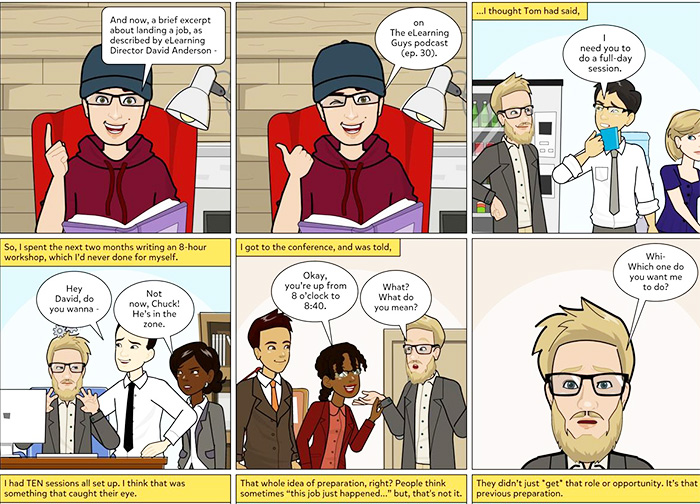
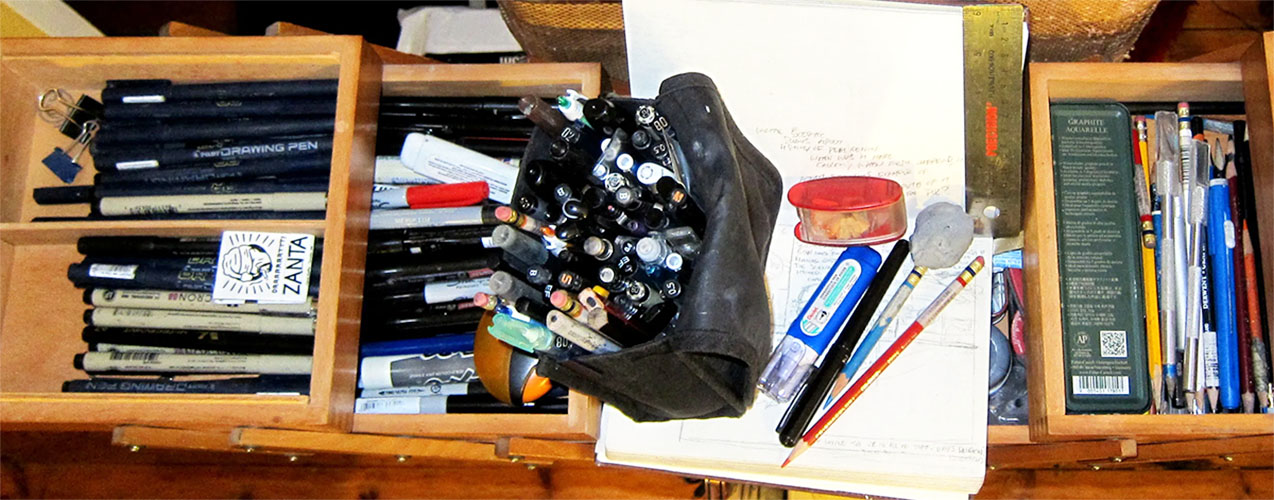
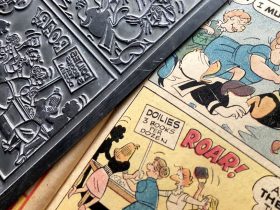
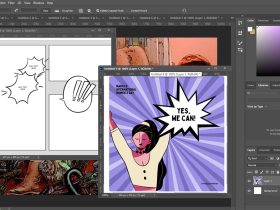
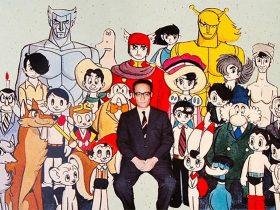
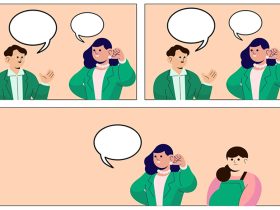
Leave a Reply